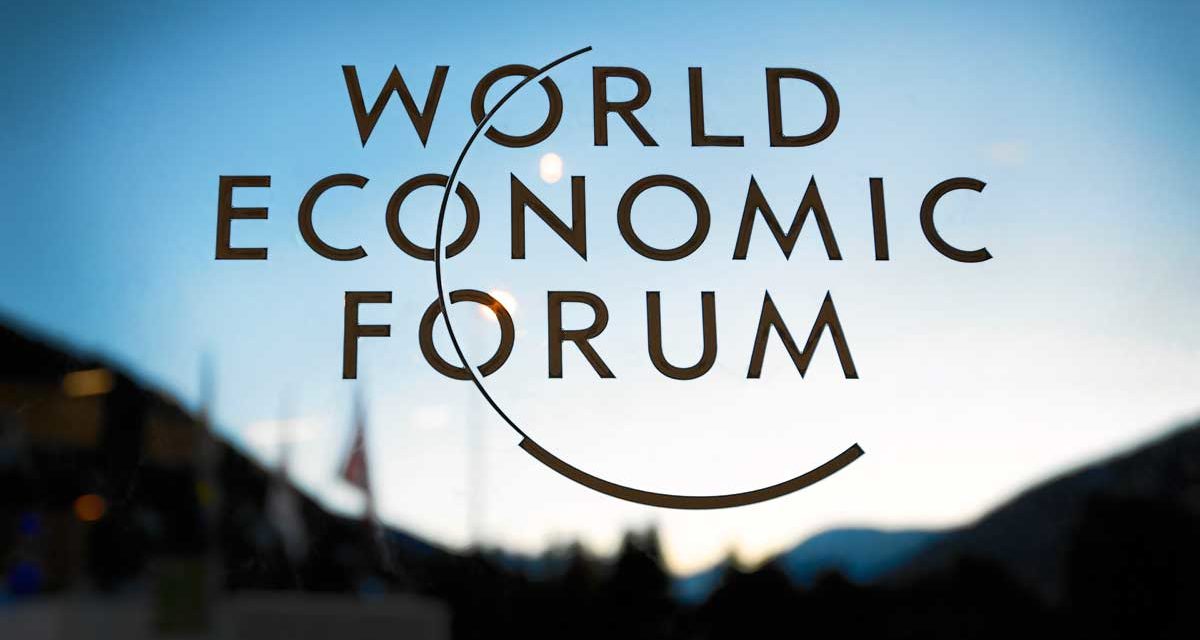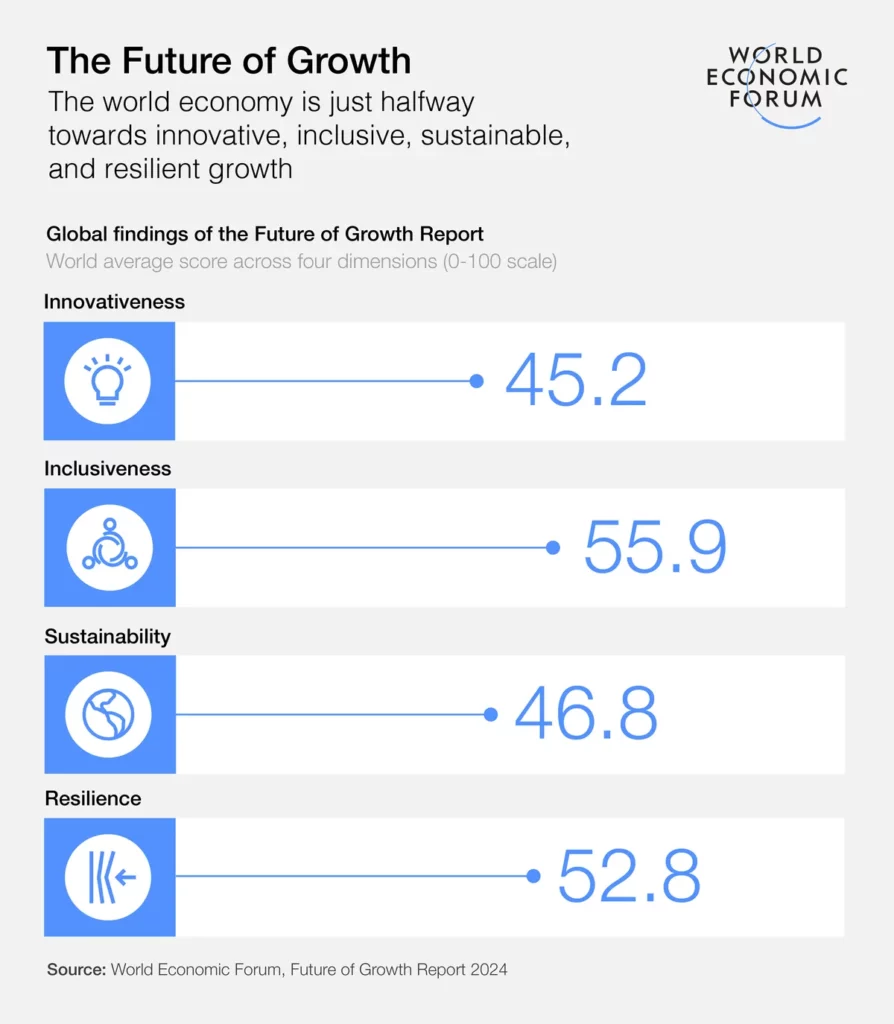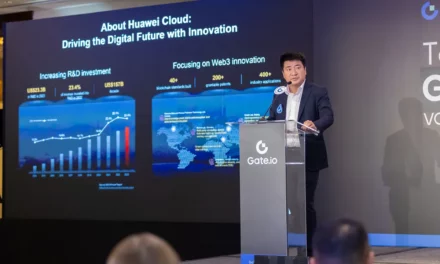
New Report Measures Quality of Growth for New Economic Era

• A recently released World Economic Forum report calls for a new approach to economic growth that balances efficiency with long-term sustainability and equity, examining speed and quality together.
• High-income economies score high on innovation and inclusion, while lower-income economies on sustainability.
• A new Future of Growth initiative will help policy-makers and economists address balancing growth with innovation, inclusion, sustainability, and resilience goals.
• Read the report here. For more information on the Annual Meeting 2024, visit www.weforum.org. Share on social media using #wef24.
Davos-Klosters, Switzerland, 17 January 2024 – A new World Economic Forum report, released today, offers a re-evaluation of global economic growth, introducing a new framework that takes a holistic look at GDP alongside the quality of development across 107 economies.
The Future of Growth Report 2024 highlights a significant economic slowdown, estimated to fall to the lowest rate in three decades by 2030, amid ongoing economic and geopolitical shocks. This downturn is exacerbating a range of interconnected global challenges, including the climate crisis and a weakening social contract, collectively reversing progress in international development.
“Reigniting global growth will be essential to addressing key challenges, yet growth alone is not enough,” said Saadia Zahidi, Managing Director of the World Economic Forum. “The report proposes a new way for assessing economic growth that balances efficiency with long-term sustainability, resilience, and equity, as well as innovation for the future, aligning with global and national priorities.”
Launching alongside this report is the Forum’s Future of Growth initiative, a two-year endeavor aimed at charting a new narrative for economic growth and supporting policy-makers from around the world, together with economists and other experts, in identifying the best pathways in balance growth, innovation, inclusion, sustainability, and resilience goals.
Global analysis
The report reveals that most countries continue to grow in neither sustainable nor inclusive ways. They are limited in their ability to absorb or generate innovation and minimize their contribution and susceptibility to global shocks.
The inclusiveness pillar, which measures the extent to which an economy’s trajectory includes all stakeholders in the benefits and opportunities it creates, and the resilience dimension, which captures the extent to which an economy’s trajectory can withstand and bounce back from shocks, have the highest global average scores, 55.9 out of 100 and 52.8 out of 100, respectively.
Meanwhile, the global average of the sustainability dimension, which measures the extent to which an economy’s trajectory can keep its ecological footprint within finite environmental boundaries, is 46.8 out of 100. The innovativeness dimension – which captures how an economy’s trajectory can absorb and evolve in response to new technological, social, institutional, and organizational developments to improve the longer-term quality of growth – attains the lowest global score, with a worldwide average of 45.2 out of 100.

Country-level analysis
At an individual level, none of the 107 economies covered by the report have attained a score higher than 80 on any of the framework’s four dimensions. The report provides country-level data that allows policy-makers to assess the character and nature of a country’s economic growth and identify potential areas for improvement and synergies.
High-income economies, with an average GDP of $52,475 per capita (at purchasing power parity) in 2023, saw average annual GDP per capita growth of 1.01% over the past five years, 2018-2023. Their growth pathway is generally characterized by high scores on inclusiveness (68.9), innovativeness (59.4), and resilience (61.9), but there is room to improve on sustainability (45.8).
Countries in this group include Australia, Canada, France, Germany, Italy, Japan, Saudi Arabia, South Korea, the United Kingdom and the United States. Notable high scores include Switzerland (80.4), Singapore (76.4) and the United States (74.1) on innovativeness; Finland (77.7) and Canada (75.8) on inclusiveness; Sweden (60.9), Germany (56.3) and the United Kingdom (54.0) on sustainability; and Australia (69.5) and Japan (66.3) on resilience.
Common challenges preventing this group’s more robust, balanced growth performance include talent availability, access to equal workplace opportunities, slow development and adoption of green technologies, and insufficient reskilling and lifelong learning.
Upper middle-income economies, with an average GDP of $17,900 per capita in 2023, saw an average annual GDP per capita growth of 1.32% over the past five years. Their growth pathway generally features a relatively high emphasis on inclusiveness (54.8) and resilience (50.0), with room to improve on sustainability (44.0) and innovativeness (39.3).
Countries in this group include Argentina, Brazil, Indonesia, Mexico, South Africa and Türkiye. Notable high scores include Malaysia (52.3) and South Africa (44.1) on innovativeness, Brazil (56.0) and Costa Rica (48.8) on sustainability, and Indonesia (57.9) on resilience.
Common challenges preventing this group’s more robust balanced growth performance include research capacity, wealth and income inequality, high non-renewable energy intensity and waste production, and financial stability.
Lower middle-income economies, with an average GDP of $7,633 per capita in 2023, saw an average annual GDP per capita growth of 1.95% over the past five years. Their growth pathway has generally been focused on resilience (45.8), with higher scores on sustainability (50.0) than more prosperous economies but with room to improve on inclusiveness (44.8) and innovativeness (34.9).
Countries in this group include Bangladesh, Egypt, India, Nigeria, Pakistan, the Philippines, and Vietnam. Notable high scores include Jordan (45.1) on innovativeness, Vietnam (56.2) on inclusiveness, Kenya (57.2) and India (56.0) on sustainability, and the Philippines (54.1) on resilience.
Common challenges preventing this group’s more robust, balanced growth performance include technology absorption, lack of social safety nets, insufficient investment in renewable energy, and inadequate healthcare system capacity.
Low-income economies, with an average GDP of $1,533 per capita in 2023, saw an average annual GDP per capita growth of just 0.22% over the past five years. Their growth pathway is generally characterized by a much lighter environmental footprint per capita – resulting in a high sustainability performance (52.7) – but with room to improve on resilience (39.0), inclusiveness (29.9), and innovativeness (26.8).
Notably, Rwanda achieves high scores, with an extreme emphasis on resilience (52.8). Common challenges preventing this group’s more robust, balanced growth performance include ICT capital and connectivity, access to connectivity and healthy nutrition, insufficient environmental regulation, and insufficient energy source diversification.















































